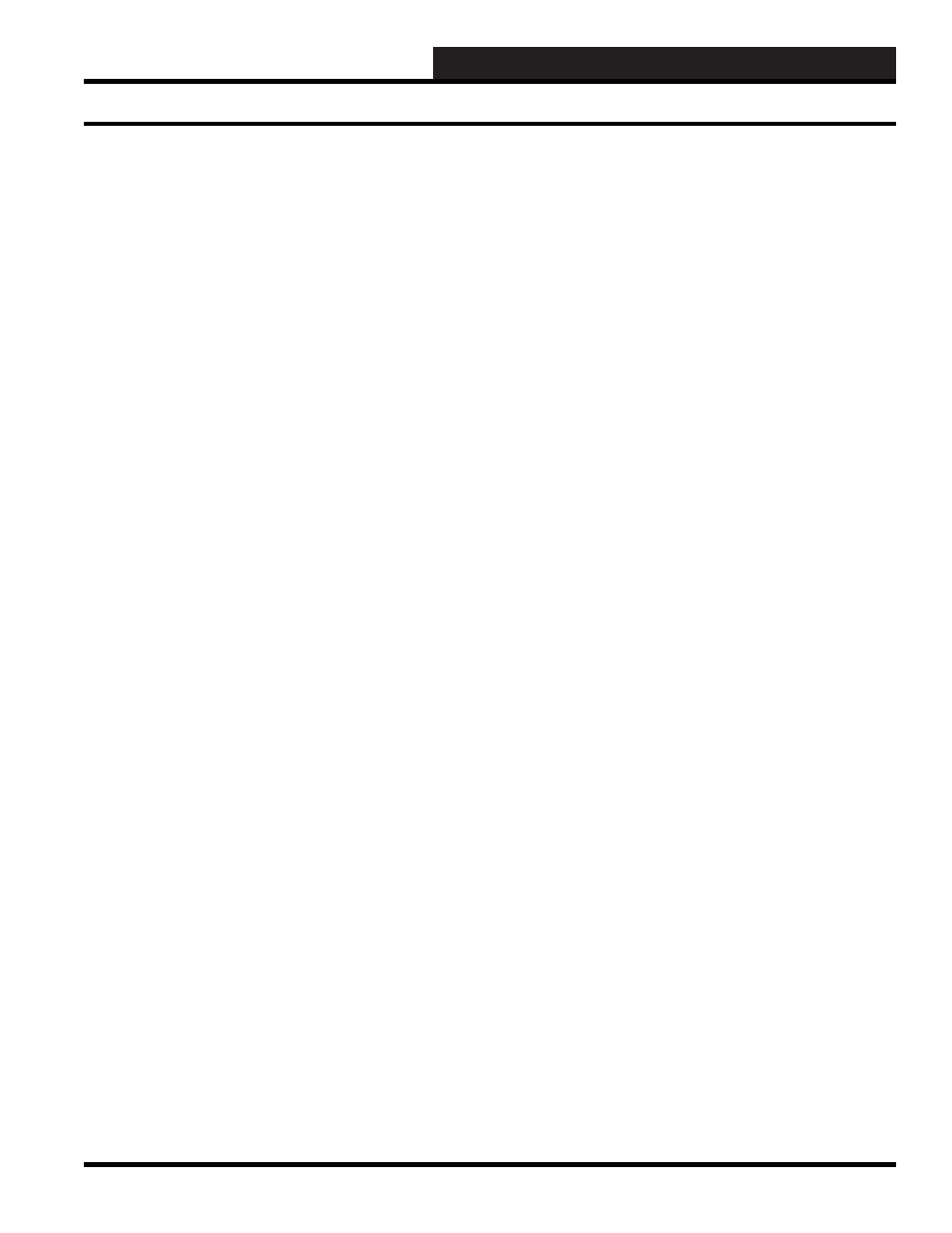WattMaster WCC III part 4 User Manual
Page 117

WCC III Technical Guide
3-113
WCC3.EXE SCREEN DESCRIPTIONS
PID Programs
PID PROGRAM
PID program stands for Proportional-Integral-Derivative control.
There are many ways to calculate the PID formula. This PID
program provides three ways to calculate the PID formula, the
Simple PID Mode, the Digital PID Mode, and the Modifi ed PID
Mode.
Simple PID Mode
The Simple PID Mode calculates the PID formula based on the
traditional PID equation as follows:
P(0) = Kp * e(0);
I(0) = I(1) + Ki * T * e(0);
D(0) = Kd * ( e(0) - e(1) ) / T;
U(0) = P(0) + I(0) + D(0)
Where:
U(0): The current calculated output value
P(0): The current Proportional output
I(0): The current Integrator output
D(0): The current Derivative output
e(0): The current error between the Setpoint and
Sampling value
I(1): The last Integrator output
e(1): The last error between the Setpoint and Sampling
value
Kp: The Proportional Gain
Ki: The Integrator Gain
Kd: The Derivative Gain
T: The sampling period (second)
Digital PID Mode
The Digital PID Mode calculates the PID formula based on the
digitized PID equation as follows:
U(0) = U(2) + Kp*( e(0)-e(2) ) + Ki*( e(0) + e(1) )
* T + Kd * ( e(0) - 2e(1) + e(2) ) / T
Where:
U(0): The current calculated output value
U(2): The last 2nd calculated output value
e(0): The current error between the Setpoint and
Sampling value
e(1): The last 1st between the Setpoint and Sampling
input
e(2): The last 2nd error between the Setpoint and
Sampling value
Kp: The Proportional Gain
Ki: The Integrator Gain
Kd: The Derivative Gain
T: The sampling period (second)
Modifi ed PID Mode
The Modifi ed PID Mode calculates the PID formula based on the
modifi ed PID equation as follows:
P(0) = K * ( b * ys-y(0) )
I(0) = I(1) + K*h*e(0)/Ti + h* ( U(1) - v(1) )/Tt
D(0) = Td * D(1) / (Td+N*h) - K*N*Td * ( y(0) - y(1) )
/ (Td+N*h )
U(0) = P(0) + I(0) + D(0)
Where:
ys:
The Setpoint
U(0) : The current calculated output value
U(1) : The last calculated output value
y(0): The current sampling value
y(1): The last sampling value
P(0): The current Proportional output
I(0): The current Integrator output
I(1): The last Integrator output
D(0): The current Derivative output
D(1): The last Derivative output
e(0): The current error between the Setpoint and
Sampling value
v(1): The last Winding amount
K: The Gain
b: The Proportional Fraction
Ti:
The Integrator Time
Tt:
The Reset Time
Td: The Derivative Time
N: The Noise Factor
h: The sampling period (second)
